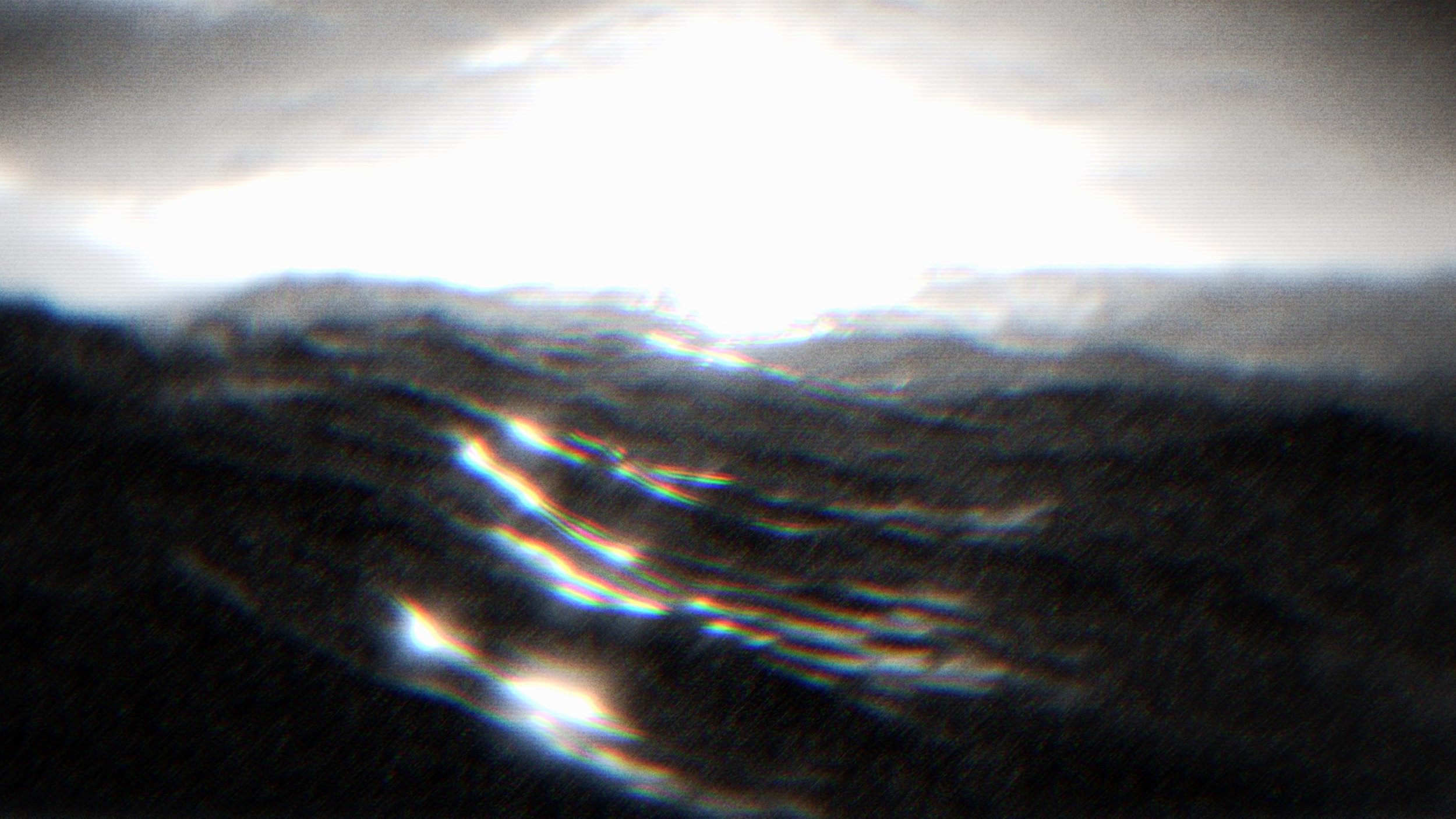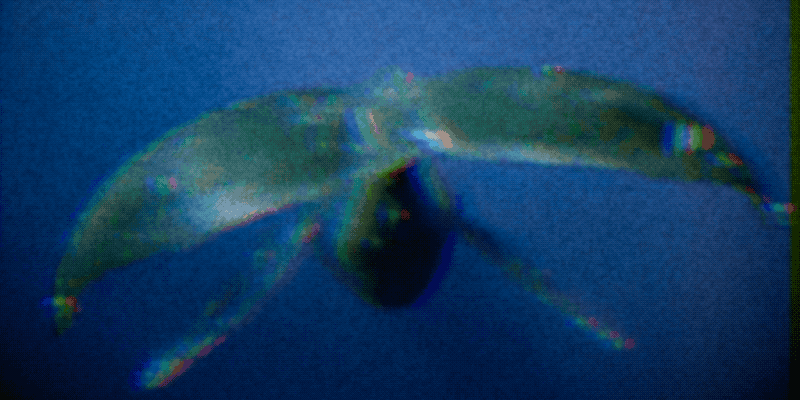
Loneliest
Inspired by a rare and beautiful song emanating deep from the Pacific ocean.
An audio project by Mike Ambs.
Do you hear it?
-
The low-rumbling sound you are listening to is the song of a never-seen hybrid blue whale, known as The Loneliest Whale. Want to learn more?
-
This sound is near the lowest note on a tuba, meaning it is very low and bass-heavy. You'll need a powerful set of speakers (subwoofers are especially helpful) or a high-end pair of headphones to best hear it.
Don't have either of those options? Check out the B-Side instead.
The unique song of 52 Hz was captured thanks to a vast network of Cold War-era sonar equipment scatted about the floor of the Pacific —
Most other cetaceans sing roughly 30 Hz higher. As a matter of fact, nothing in the entire ocean comes anywhere near 52 Hz.
Meaning, one, its voice and location were easy to track; and two, its song was unrecognizable to other whales. This — combined with an unusual migration pattern — left the 52 Hz whale wandering alone in the open ocean since, at least, 1989, when its unique song was first picked up.

The strange (and yes, very much true) story of The Loneliest Whale was first shared in a late 2004 scientific research paper.

52 Hz on the BBC
A conversation between myself and Emily Knight of the BBC Earth podcast on the wide-reaching impact of The Loneliest Whale’s incredible song.
This week […] walk among silverback gorillas in the Impenetrable Forest, step into untouched caves and meet the man who finds companionship through whale song.
52 vs Pacific Blue
Comparing the song of the 52 Hz Whale side-by-side with that of an average blue whale.
Note — both songs are sped up 10x.
Loneliest Whale 52 Hz range.
Western Pacific Blue Whale 10-20 Hz range.
HABITAT (SWIM TRACKS)
The 52-Hz whale roamed widely across the deep waters of the central and eastern portion of the North Pacific basin.
Most of the tracks of this whale originated in northern waters (8 above 501N, 1 below 451N) and variably between 125W and 160W.
-
—
-
-
—
-
Epipelagic Zone
-
—
-
40 m
-
—
-
50 m
-
—
-
60 m
-
—
-
70 m
-
—
-
80 m
-
—
-
90 m
-
—
-
100 m
-
—
-
110 m
-
—
-
120 m
-
—
-
130 m
-
—
-
140 m
-
—
-
150 m
-
—
-
160 m
-
—
-
170 m
-
—
-
180 m
-
—
-
190 m
-
—
-
Mesopelagic Zone
-
—
-
210 m
-
—
-
220 m
-
—
-
230 m
-
—
-
240 m
-
—
-
250 m
-
—
-
260 m
-
—
-
270 m
-
—
-
280 m
-
—
-
290 m
-
—
-
300 m
-
—
-
310 m
-
—
-
320 m
-
—
-
330 m
-
—
-
340 m
-
—
-
350 m
-
—
-
360 m
-
—
-
370 m
-
—
-
380 m
-
—
-
390 m
-
—
-
400 m
-
—
-
410 m
-
—
-
420 m
-
—
-
430 m
-
—
-
440 m
-
—
-
450 m
-
—
-
460 m
-
—
-
470 m
-
—
-
480 m
-
—
-
490 m
-
—
-
500 m
-
—
-
510 m
-
—
-
SOSUS was a passive sonar system developed by the United States Navy to track Soviet submarines.
The system was capable of oceanic surveillance with the long ranges made possible by exploiting the deep sound channel, or SOFAR channel.
A network of hydrophones placed on slopes within the SOFAR channel (approximate depth of 3,300 ft) enabled on-shore facilities to form azimuthal beams. When two or more arrays held a contact, triangulation provided approximate positions for air or surface assets to localize.
Post-Cold-War
National Oceanic and Atmospheric Administration (NOAA) Vents program at its Pacific Marine Environmental Laboratory was granted access to the system at the Naval Ocean Processing Facility at Whidbey Island in October 1990 to combine raw analog data from specific hydrophones with NOAA systems for continuous monitoring of the northeast Pacific Ocean for low-level seismic activity and detection of volcanic activity.
Woods Hole Oceanographic Institute detected and tracked a lone whale with a unique call over a period of years in the Pacific.
*
Twelve years of tracking 52-Hz whale calls from a unique source in the North Pacific
Paper by William A. Watkins, Mary Ann, Daher, Joseph E.George, David Rodriguez
Woods Hole Oceanographic Institution, MS 36, Woods Hole, MA 02543, USA Received 2 March 2004, Accepted 5 August 2004, Available online 12 October 2004. Deep-Sea Research Part I: Oceanographic Research Papers Volume 51, Issue 12, December 2004, Pages 1889-1901.









